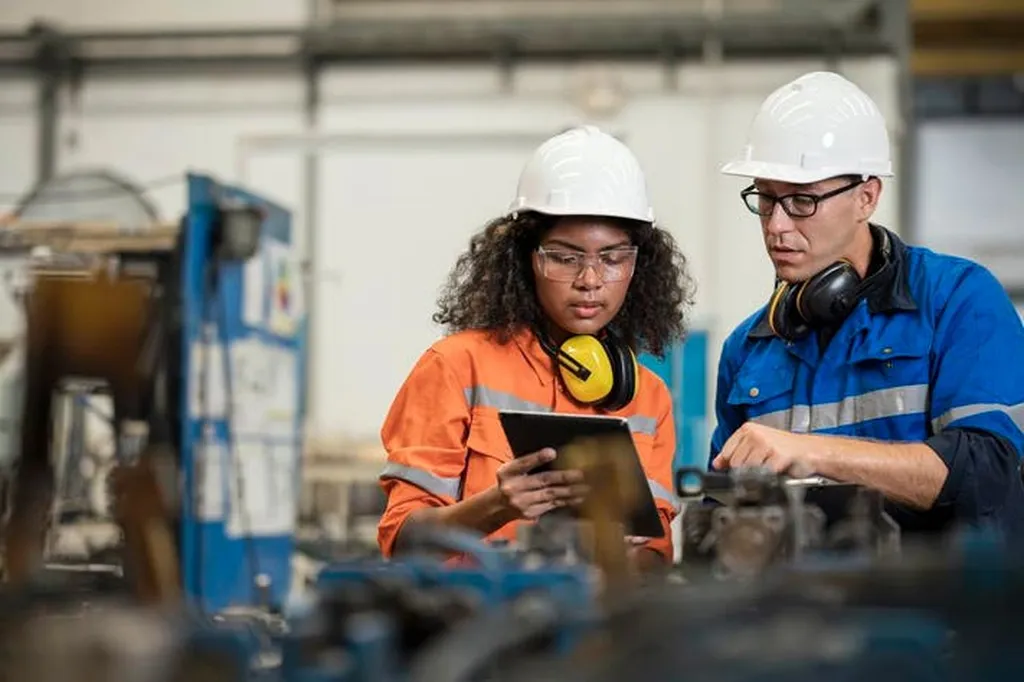The construction industry is no stranger to innovation, but the integration of the Internet of Things (IoT) into job sites is proving to be a game-changer. IoT technology is transforming how construction companies monitor environmental conditions, ensure worker safety, and manage assets—despite the inherent challenges of a dynamic and often harsh job site environment.
Environmental sensors, for instance, are designed to monitor temperature and humidity, improving worker safety by detecting conditions that might lead to heat exhaustion and other weather-related health issues. These compact, puck-shaped sensors also identify situations that could lead to equipment malfunction. However, their small size and portability can lead to them being inadvertently sealed off in walls as construction progresses. “If it’s not part of their scope, and they don’t realize what it’s for, and they need to close that wall up; it’s getting closed up,” said Tim Gaylord, corporate director of innovation at DPR Construction. “It happens all the time.”
Despite such challenges, IoT has found a home in the construction industry, with applications ranging from worker safety to asset management. The technology gives builders more visibility over job sites and a mechanism for tracking machinery and vehicles. The data collected through IoT sensors, once analyzed, offers insights that can improve efficiency, scheduling, and enable preventive maintenance. This is driving demand among construction companies, with Grand View Research pegging the global market for IoT in construction at $11.46 billion in 2023 and forecasting a 16.2% annual growth rate through 2030.
The construction industry uses several categories of IoT technology, including wearable technology for health monitoring, environmental sensors, material monitors, asset trackers, fleet management technology, and site monitoring systems. These technologies are being deployed to address critical use cases such as environmental monitoring, worker health and safety, operational efficiency, and road monitoring.
Environmental monitoring is a “no-brainer” IoT use case, according to Gaylord. Environmental sensors help keep workers safe and protect machinery from weather extremes and airborne particles that can lead to equipment failure. Worker health and safety is another top use case, with companies like Ferrovial developing pedestrian detection systems that use 3D vision and machine learning to identify people in real time, preventing collisions between heavy machinery and workers.
Operational efficiency is also a major focus, with IoT use cases promoting higher job site efficiency. Tool asset management is an important IoT focus, with large sites often losing track of tools, power buggies, and scissor lifts. Identifying idle rental equipment results in cost savings. Fleet management is another solid use case, with companies focusing on equipment performance, fuel monitoring, usage analytics, and predictive maintenance.
The benefits of using IoT technology in construction are manifold. Improved visibility and management, data-driven decision-making, reduced downtime, and improved risk mitigation are just a few of the advantages. However, construction firms can expect to encounter several obstacles as they deploy IoT. User adoption, harsh conditions, and the need for robust data management are just a few of the challenges that must be overcome.
As the construction industry continues to evolve, the integration of IoT technology will play a pivotal role in shaping its future. The ability to collect, analyze, and act on real-time data will not only improve efficiency and safety but also drive innovation and sustainability in the sector. The journey is not without its hurdles, but the potential benefits make it a path worth pursuing.

